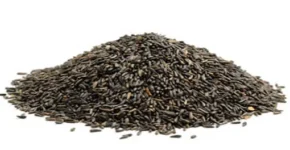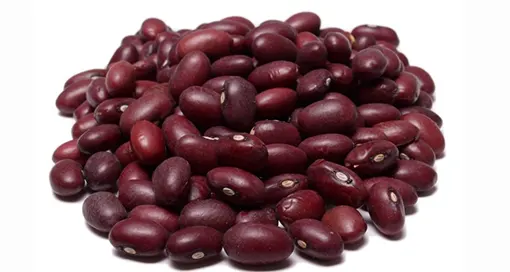



Domestic Scenario: Haricot bean is one of the most important grain legumes grown in the low lands of Ethiopia, particularly in the Rift Valley. In these areas, white pea beans are grown for export purposes as well as for domestic consumption. Haricot bean is also a principal food crop particularly in the southern and eastern parts of Ethiopia.
Product Varieties: The varieties of haricot beans in use in the country include white, mixed, red, and other color types. The white haricot bean varieties are: Mexican 142, Awash 1 and Awash Melka. The other types of haricot bean varieties include: Key, Wolayta, Roba 1, Atendaba Brown, Speckled, Ayenew, Gofta, Zebra, Gobe Rash, Beshbesh, Melke, Tabor, Batagonia, Angeber, and TV.
Agro-Ecological Conditions: The altitude suitable for the growth of haricot bean ranges between 600 and 2,200m. The planting period for the haricot bean needs to be properly set such that harvest period falls during the dry season or before the onset of the rainy periods with a suitable rainfall between 450-700mm. The duration from planting to harvesting, for areas with altitude of 1,000-1,700m, is 85-95 days, while for areas with altitudes of 1,500-2,200m the duration becomes 110 days. Concerning the white pea bean, it is sown from the end of June to mid-July, usually not intercropped, and harvested after three months in October.
Global Scenario: White pea bean has become an important export item in the country’s pulse exports. In 2005/06 for instance, Ethiopia exported about 62, 262 tons of haricot beans /mainly white pea beans/ valued at about 22 million USD or about 193.7 million ETB, with a unit value of export of 353 USD/mt. The value of export was destined mainly to various countries such as: Sudan, Yemen, South Africa, UAE, USA, UK, Italy, Germany, Belgium and the Netherlands. The world production of dry beans was 18.3 million tons in 2004. World export of dry beans in 2004 totaled 1.3 billion USD and the volume of export was 3 million. Concerning imports, in 2004, the volume of world import of dry beans was 2.4 million tons, valued at 1.2 billion USD.
| TOTAL DEFECTIVE | 1.47% |
| SPLIT | 0.09% |
| BROKEN/ SHRIVELED AND DAMAGE | 0.26 % |
| UNDERSIZE | 0.96% |
| FOREIGN MATTER | NIL |
| MOISTURE | 11% |
| FREE FROM | WEEVIL , INSECTS, INFESTATION |
| BEAN COUNT | 470-477 BEANS/ 100 GRAM |